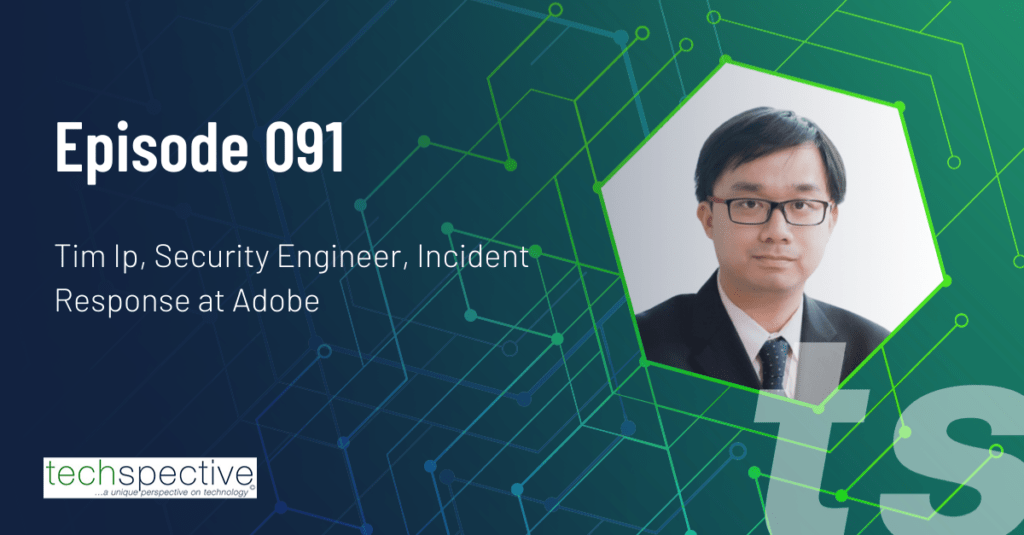What to Look for in an Incident Management Platform
Much like any other strategic business decision, choosing a suitable incident response and management platform takes some serious thought. After all, the security of an organization’s data and systems is paramount to its future success. Furthermore, the platform the SOC chooses will be something that operations staff will use every day, so decision makers need to be confident that it will work as intended and be of value to the company.
Complete Standardization is Not the Answer
The first and most important thing to understand is that complete standardization likely isn’t the best solution. In other words, there’s no one-size-fits-all solution that works for everyone. With more attack types, vulnerabilities, and mechanisms than ever before, cybersecurity departments need an incident management platform that can adapt to the constantly changing threat landscape as well as the evolving needs of the organization.
SOC Managers should thus choose a platform that offers a robust, standardized, and industry-leading foundation with multiple layers of customization on top of it. The platform should give SOCs the ability to set regulations and standards specific to their industry, as well as adapt to compliance and operational variables. SOCs should be able to customize reports and change incident types, fields and labels to better match their organizational priorities. With a customizable platform at their disposal, users will also enjoy greater efficiency and ease of use.
Multi-Source Ingestion
A lot of businesses still rely on email alone to manage security alert notifications. This may be adequate for very small organizations, but it can quickly lead to overlooked incidents due to alert fatigue as well as reports getting lost in busy inboxes at larger enterprises and organizations. A dedicated incident management platform will provide a more efficient and flexible approach to security alerts that collects information from a wide range of sources, such as log files, emails, threat intelligence networks, and APIs. Seamless integration with existing and upcoming systems should also be a top priority.
Connections Are King
Systems integration has become one of the biggest challenges facing SOCs, which need to coordinate, implement, and maintain an often dizzyingly complex array of different security products, operating systems, and connected devices. An incident management platform must align with existing security functions and draw data from sources such as firewalls, IPS/IDSs, antivirus software, and any other systems in use.
It’s not just security products that need to be properly connected – the people on the team also need to work efficiently together. After all, a technology solution is only as effective as the people tasked with using it. Therefore, the right platform will also help build a more effective team thanks to integrated collaboration tools that don’t require investigations and operations staff to turn to isolated communications consoles. Instead, teams should be able to work through a single connected console that’s flexible and accessible.
Continuous Improvement
Achieving complete interoperability is one of the main steps towards creating a culture of continuous improvement. By having everything work seamlessly together, there will be more sources for generating data, which in turn can be fed into various tools and represented as actionable information. This information can be used for enhancing workflows, optimizing security priorities and establishing new security commands, roles and regulations.
While evaluating incident management platforms, it’s important to consider both essential features and differentiators that can enhance the value it brings to the organization. It’s also just as important that the vendor has the resources available to provide the tailored and high-quality level of service needed, as well as any necessary contingency plans, to ensure a smooth implementation and ongoing experience.
- Crucial Capabilities of a Modern Incident Management Platform - August 11, 2018



